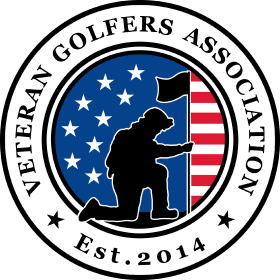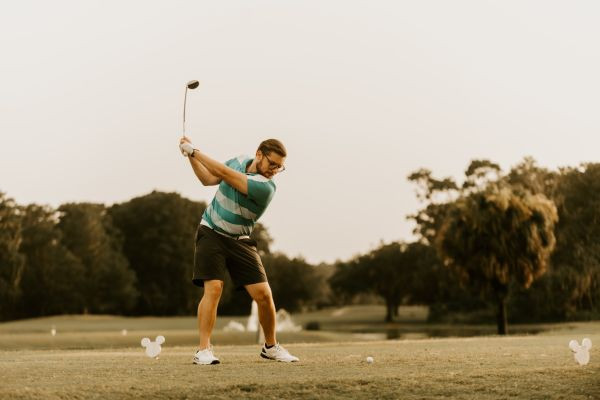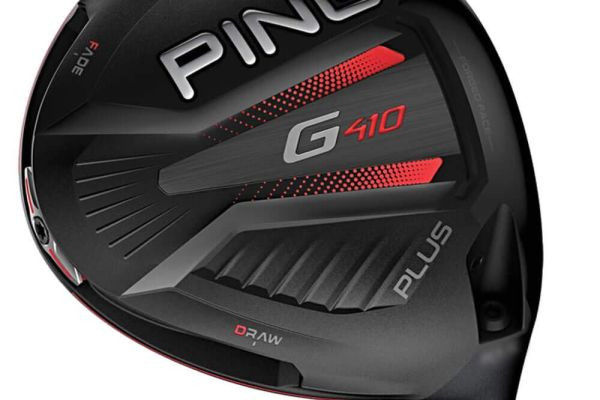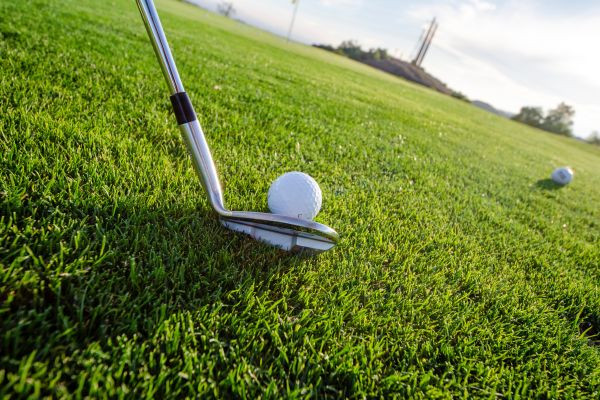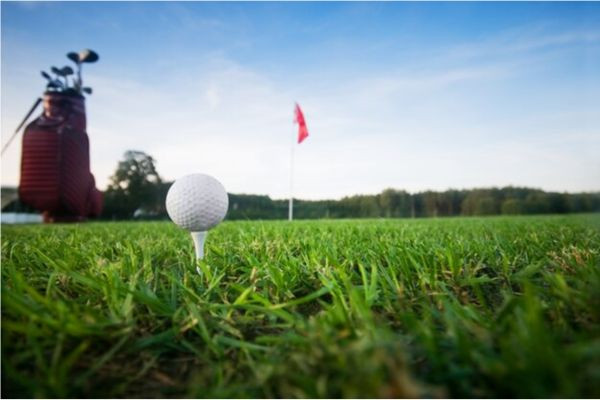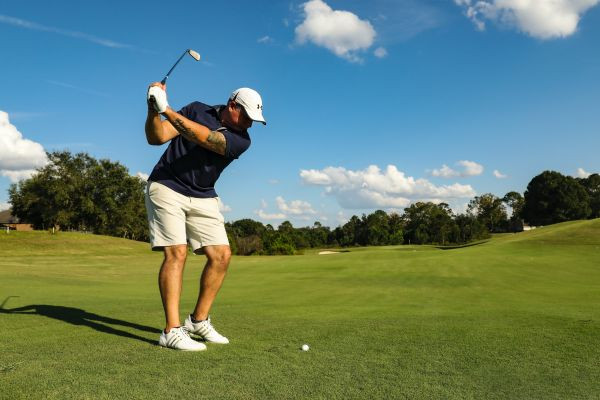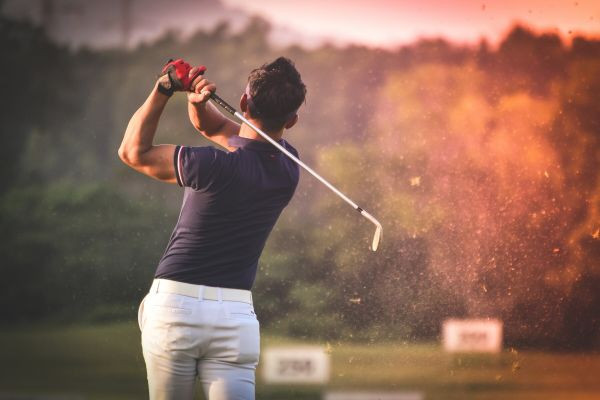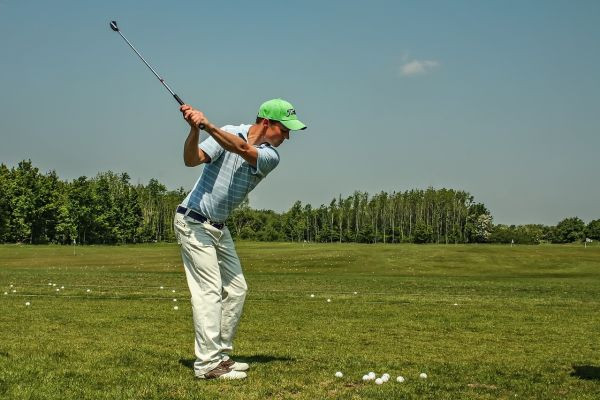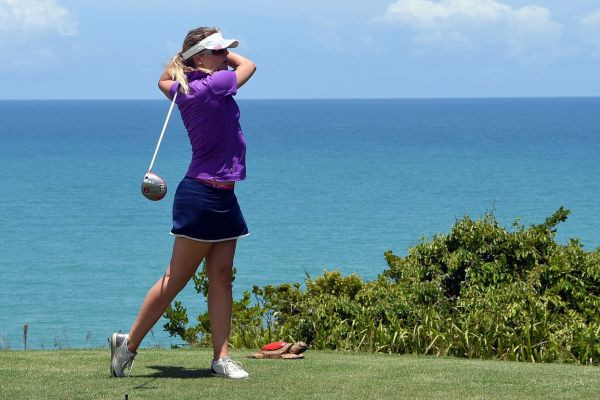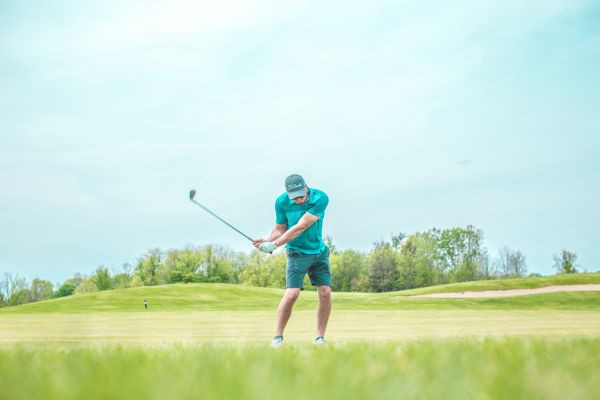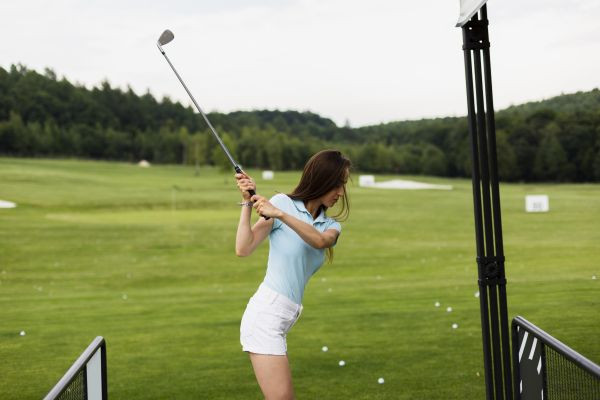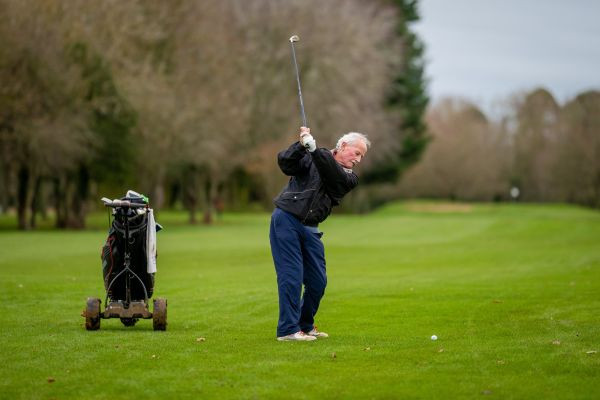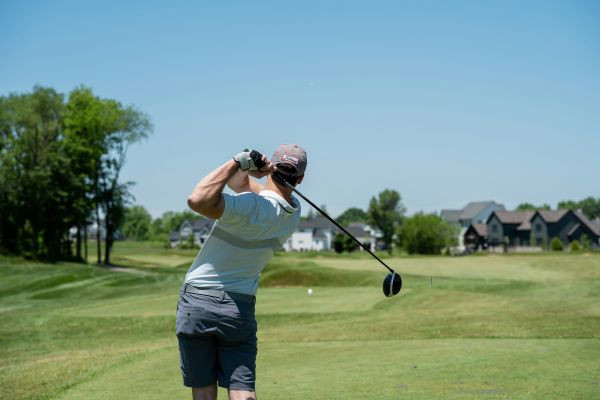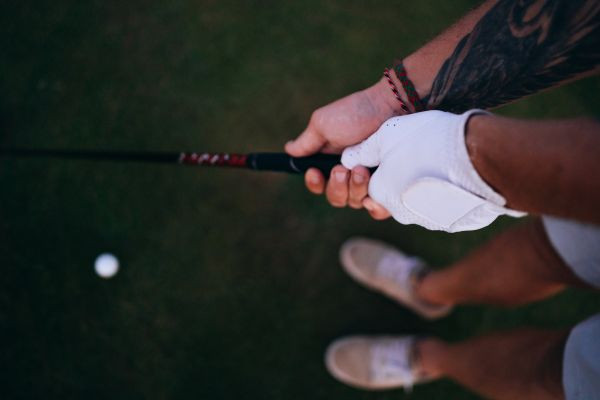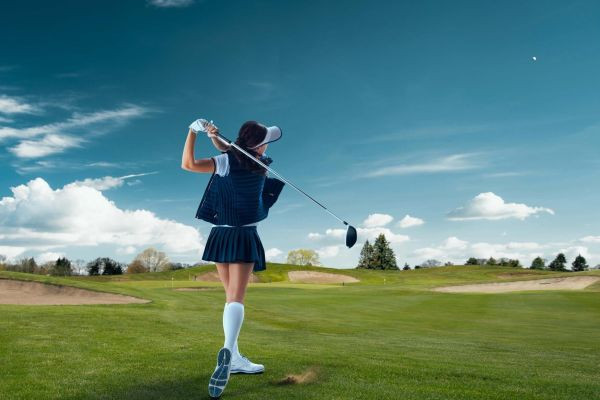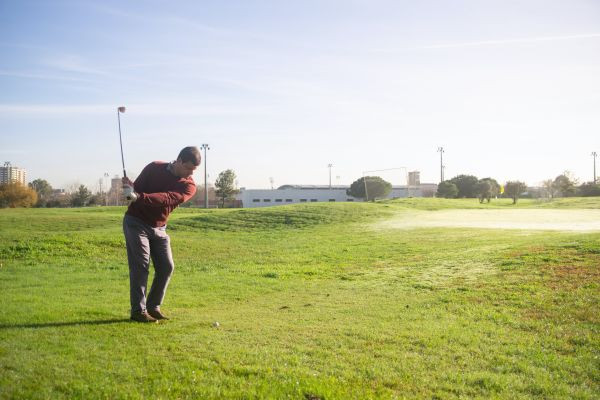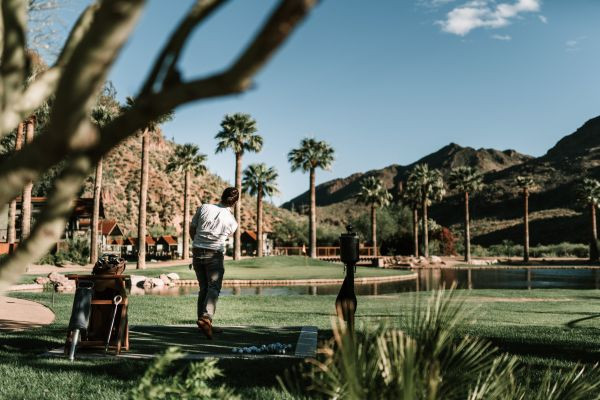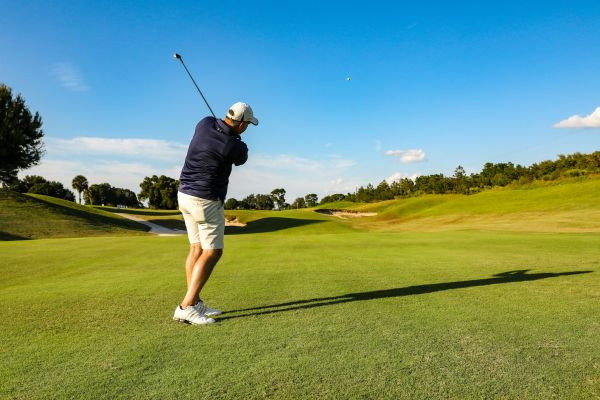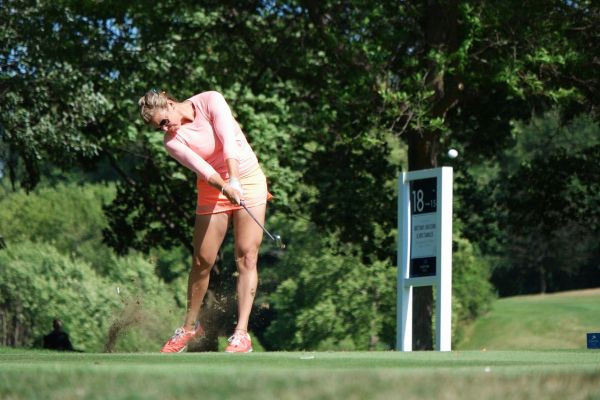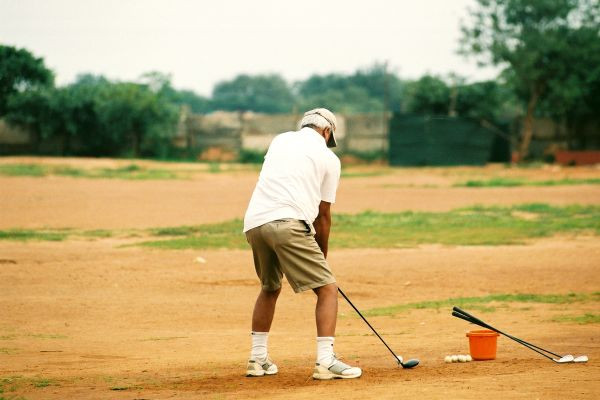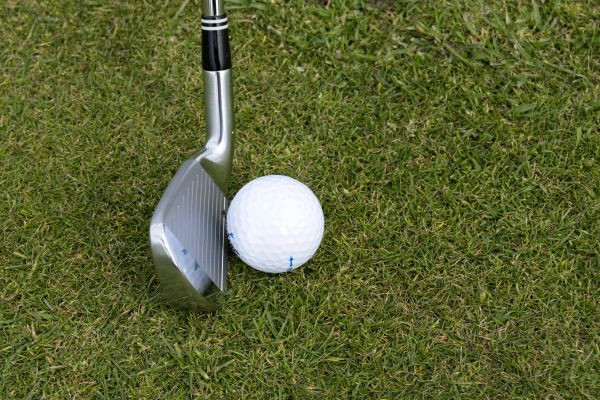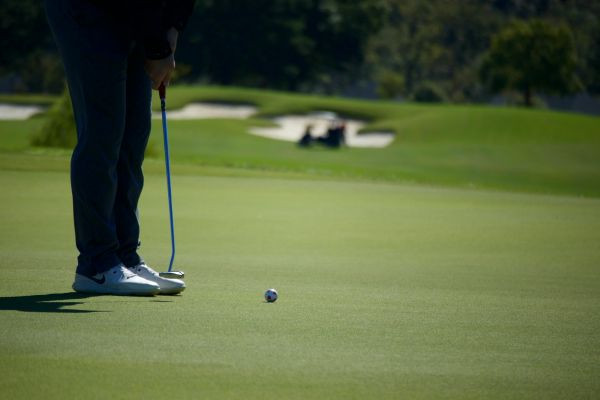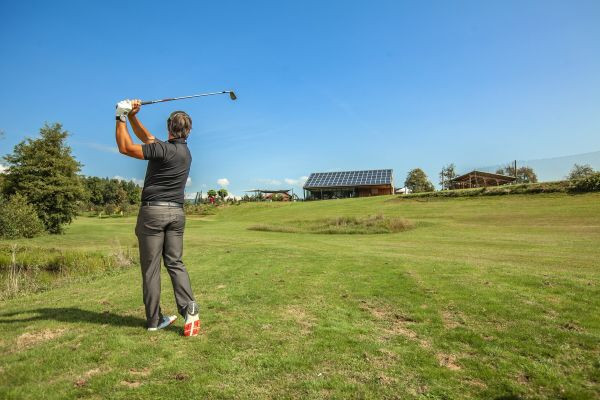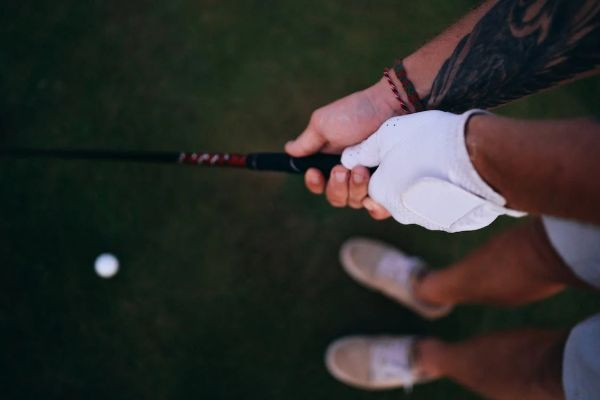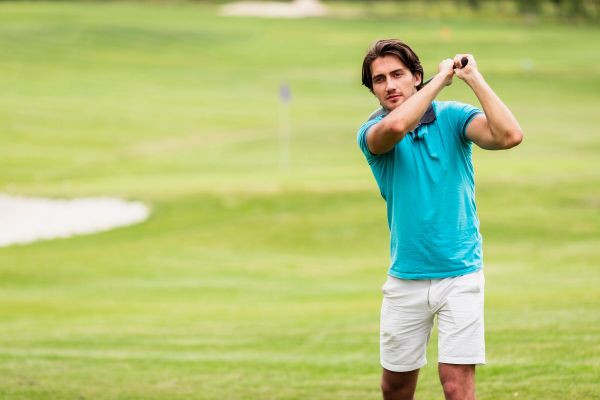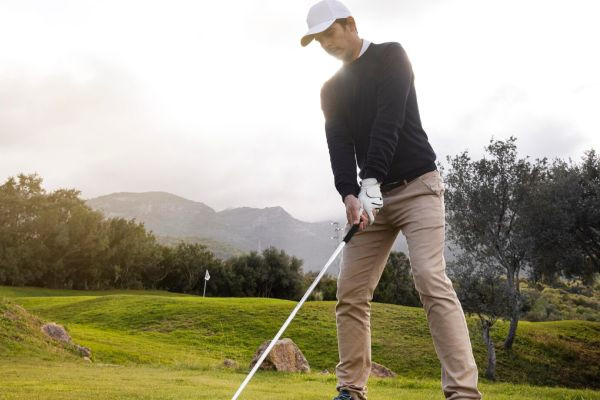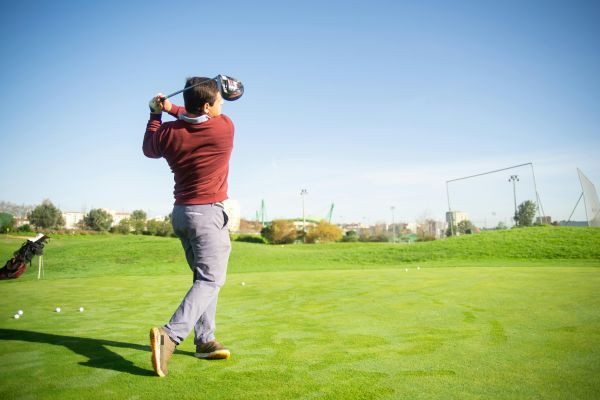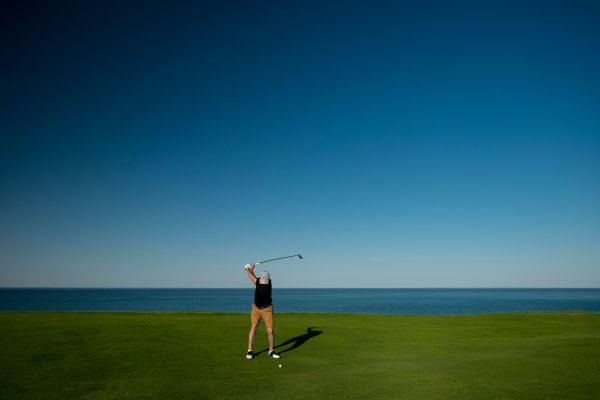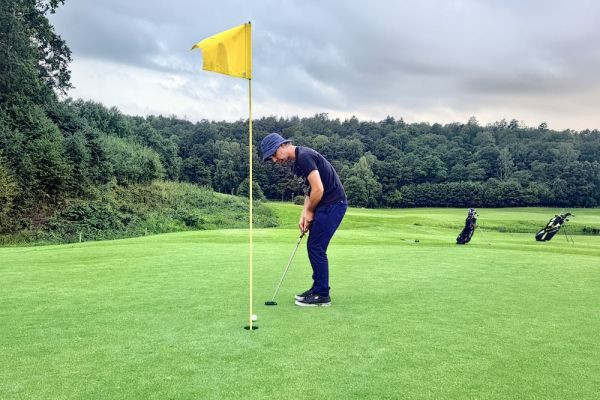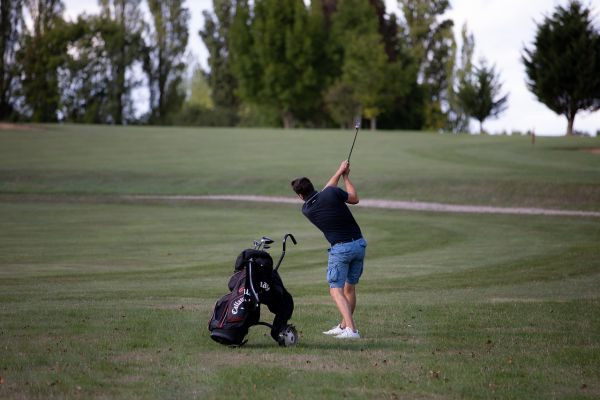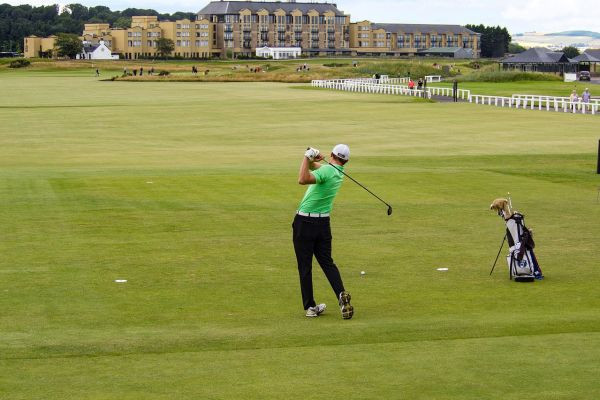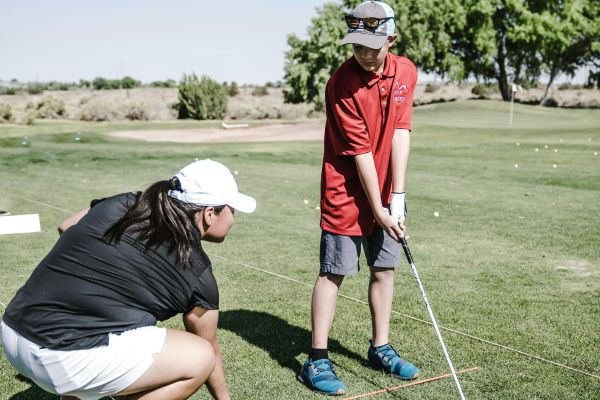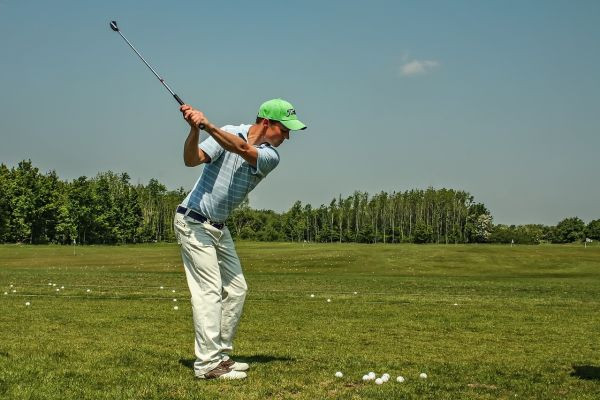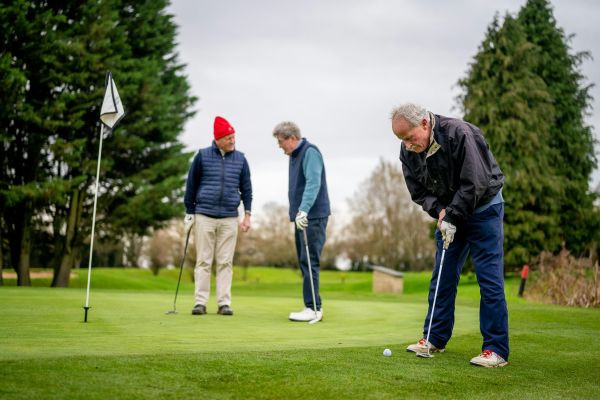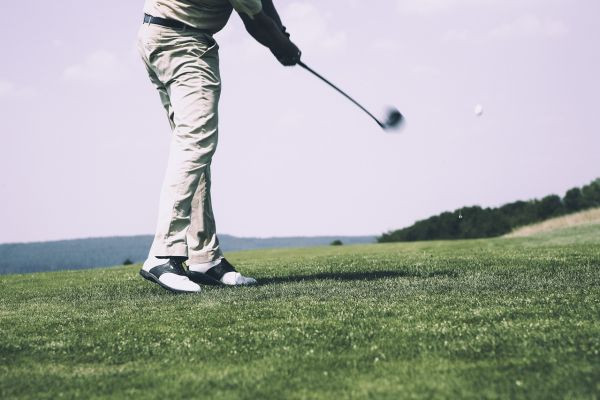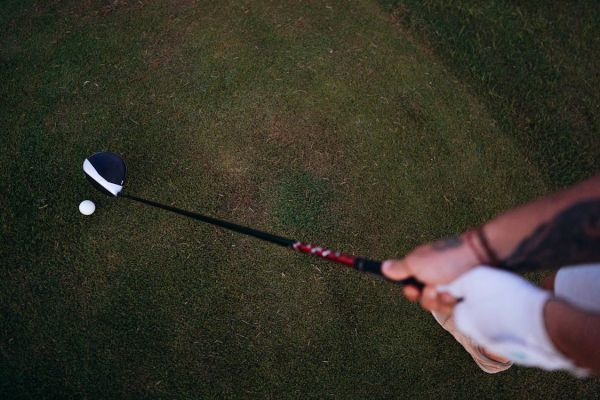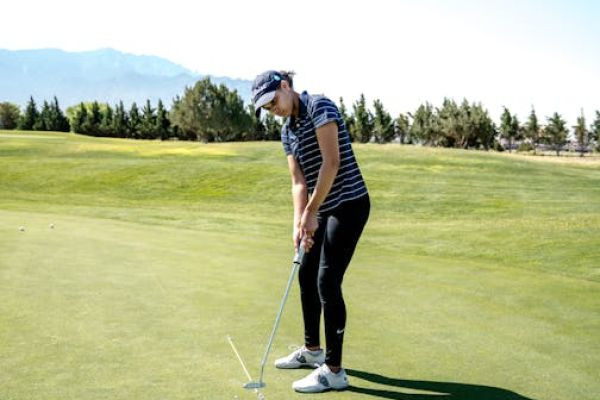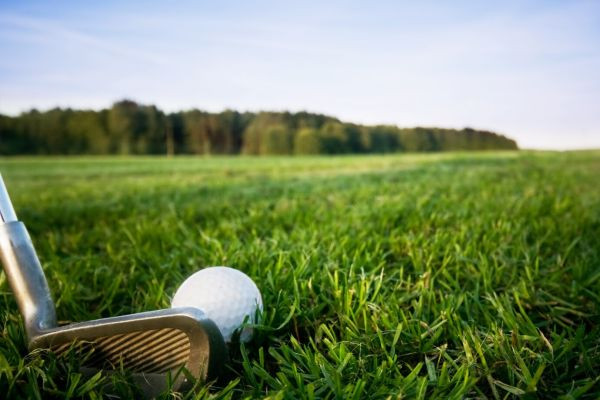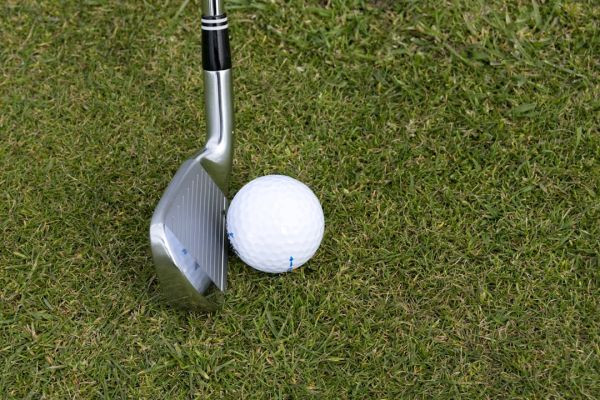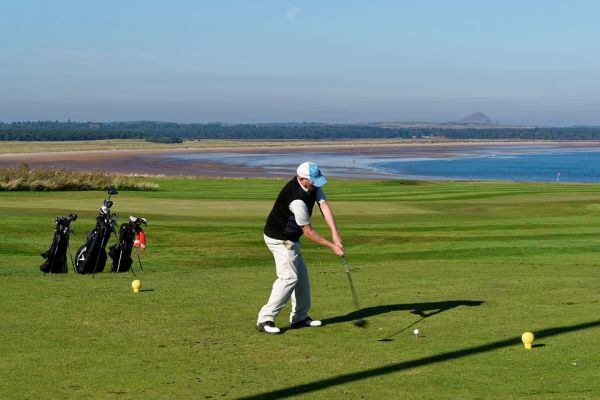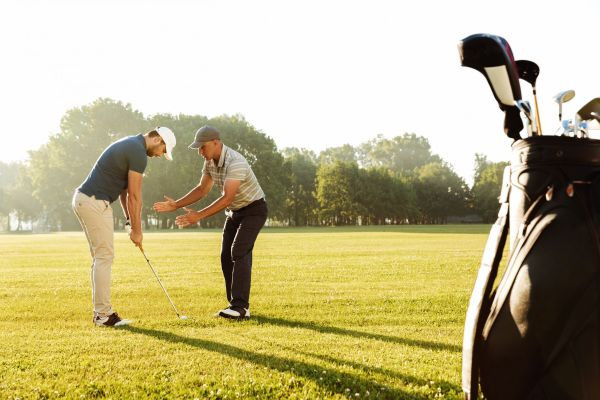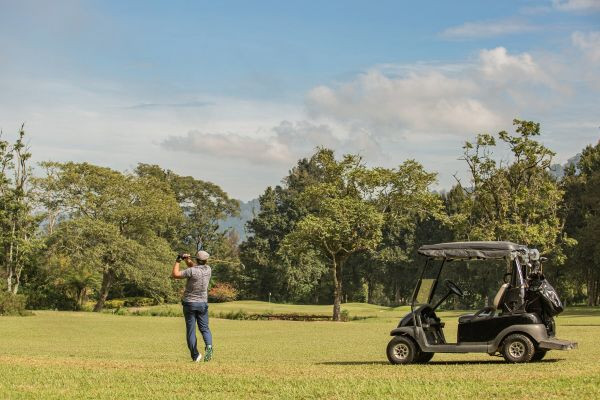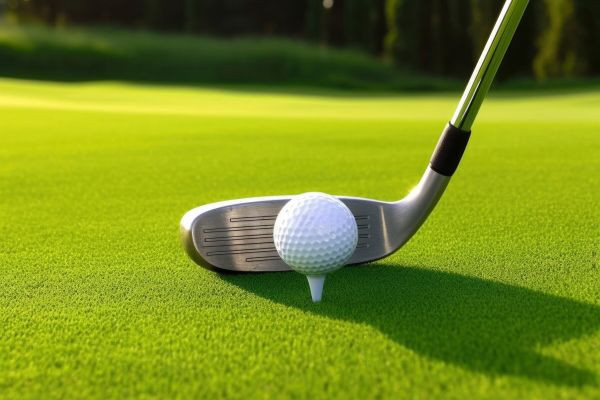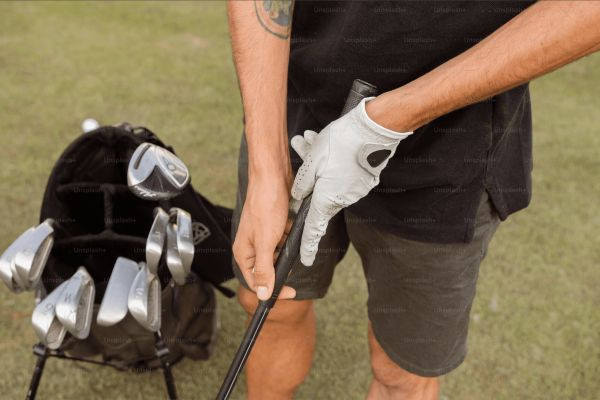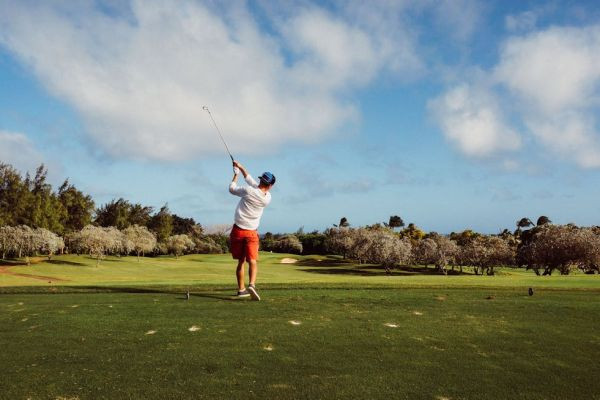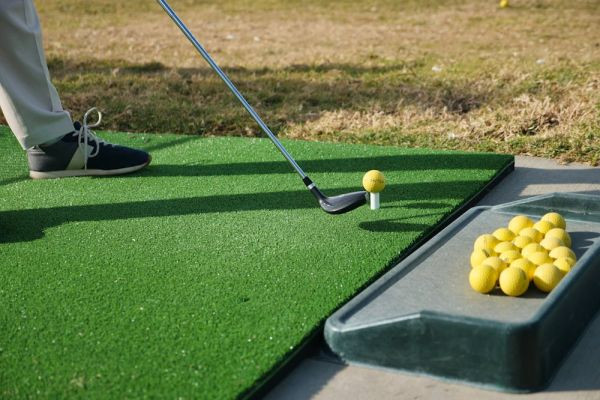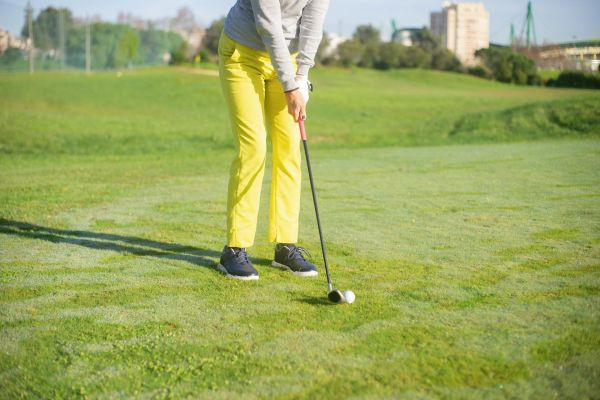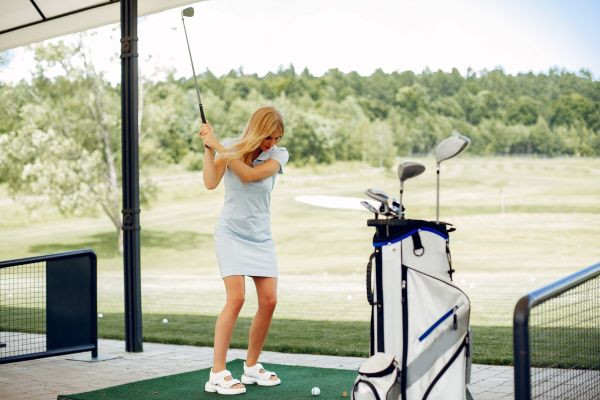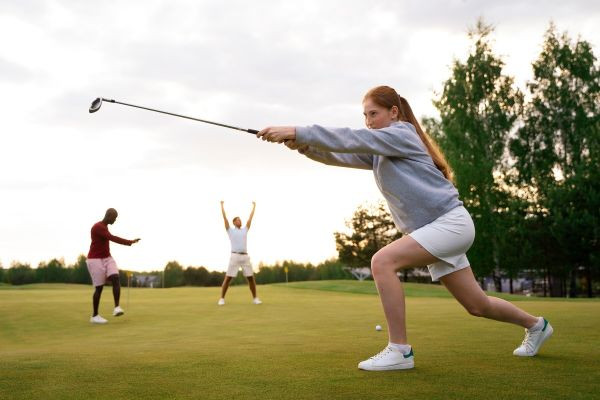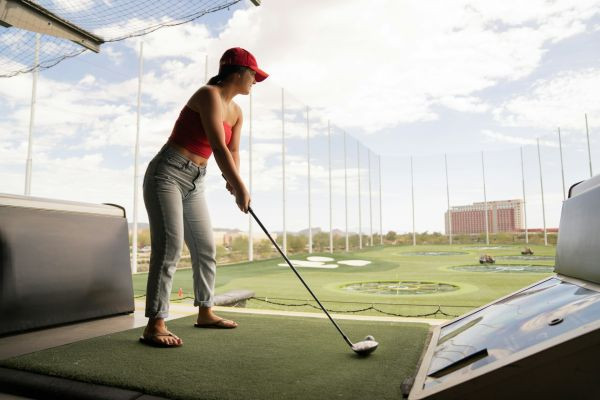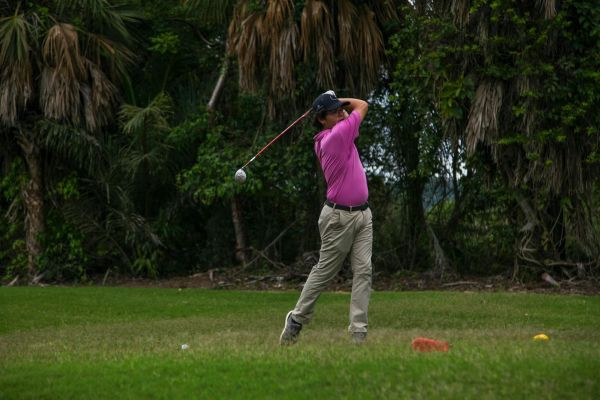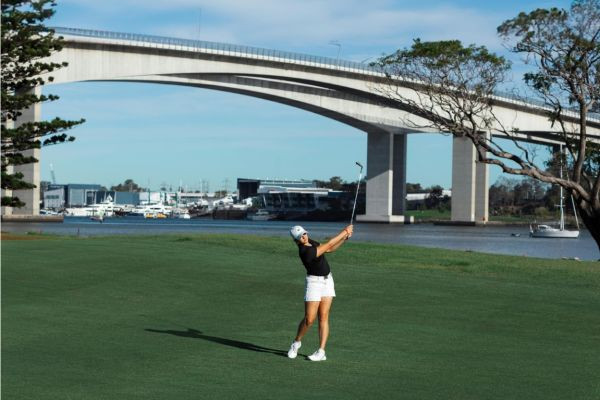The Role of the Right Elbow in Golf Downswing
Have you ever wondered what makes a perfect golf swing? The right elbow for a right-handed golfer (and a left elbow for a left-handed golfer) is an essential element of the golf downswing. This articl..
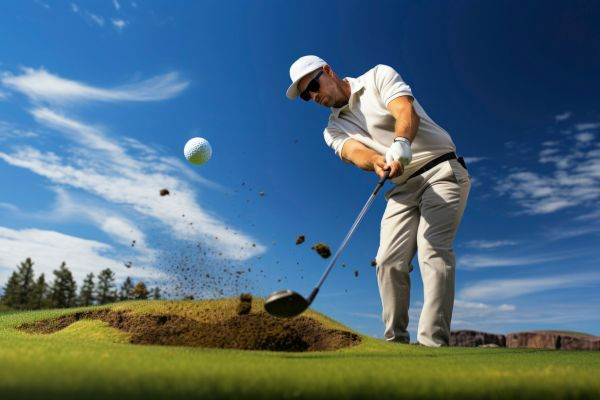
Have you ever wondered what makes a perfect golf swing? The right elbow for a right-handed golfer (and a left elbow for a left-handed golfer) is an essential element of the golf downswing. This article will discuss the right elbow's action during the downswing in depth.
Why Is the Right Elbow Key to Golf Swing Consistency?
The right elbow can affect the consistency of a golf swing in numerous ways. To begin with, the right elbow often doesn't receive enough importance. The right elbow plays a major role in all phases.
Let's take a look at the backswing first. During the backswing, the right elbow forms a wide angle between the golf club shaft and the right forearm. It is essential to remember that the left arm remains straight in the backswing to sustain this cupping action.
The Science Behind the Swing
The Backswing
The key movement marking the beginning of the journey of the right elbow happens soon after the club is taken back. This moment is not just about moving the club away from the ball; it also sets in motion a series of events that impact the swing with a domino effect.
A correctly positioned right elbow during the backswing is akin to drawing a bow and arrow before releasing it toward the target. It is simply a way of storing energy in an accurate and effective way. When the right elbow rightly folds itself, that is neither too close to the body nor flaring out widely, enables arms and torso to share a linkage and this implies that the backswing is not just an act of arms, but the act of the whole body acting.
Thus, for connecting energy between both parts, generating power, and initiating the downswing properly, its importance is immense.
The Transition
The transition from the backswing to the downswing is where the magic of the right elbow really happens. Moving from a higher position to a more tucked position near the body, many people refer to this elbow slot as ‘getting into the slot.’ This is the cornerstone of a powerful and accurate golf swing.
The proper external rotation of the trail arm allows the right elbow to get closer to the body. This facilitates a shallower approach of the club to the ball. It’s not just only about power though; it’s also about precision. If the club is on the right path, the golfer can keep the clubface controlled, leading to much more consistent shots.
Impact and Follow-Through
The right elbow is in a critical position at the point of impact. If the elbow is too far away from the body, it can result in the club moving with that “over-the-top” path, which is one cause of a slice. If the right elbow tucks too close to the body before impact, the shot will be blocked or hooked.
The right elbow in the correct position – slightly in front of the hip – will help the right arm and body to work together, ensuring a good, solid hit. This is followed by a strong and controlled follow-through, with the right elbow guiding a balanced swing around the body.
Common Right Elbow Misconceptions

Source:https://www.freepik.com/free-photo/golf-player_29155608.htm
The Flying Right Elbow Myth
The term "flying right elbow" has often been branded as a cardinal sin in the golf swing conjuring images of a disjointed out-of-control motion that is sure to doom any shot. However this characterization oversimplifies a complex issue and ignores the nuance of individual swing mechanics.
Golf legends like Jack Nicklaus known for his "flying right elbow" have demonstrated that this trait is not only manageable but can be advantageous. Nicklaus's ability to realign his elbow during the downswing allowed him to generate significant power and control proving that a one-size-fits-all approach to swing mechanics is overly restrictive.
The key to making a "flying right elbow" work lies in the golfer's ability to bring it back into alignment during the crucial phases of the swing. This requires a high degree of coordination and timing skills that professional golfers refine through years of practice. For amateur golfers achieving this level of control consistently can be challenging.
Thus while the "flying right elbow" can be part of an effective swing for some, most amateurs benefit from a more vertical arm position at the top of the backswing. This position promotes a more straightforward path to achieving a compact efficient swing that is easier to replicate under various playing conditions.
Overcompensating with the Right Arm
Many golfers mistakenly believe that the right arm plays a significant role in generating power. They often fall into the trap of relying on their right arm to forcefully push the golf club through the ball thinking it will result in more distance. However this approach misunderstands where power truly comes from in a golf swing. The key lies in utilizing the body as a kinetic chain rather than relying solely on isolated arm strength.
Overcompensating with the arm tends to lead to a swing path that is steep and ineffective. This occurs when there is a reliance on body strength disrupting the natural sequence of movements required for a smooth and powerful swing. When pushing it is important for the right arm to act as a guide working harmoniously with the body's rotation to deliver the clubhead to the ball with speed and accuracy.
The role of maintaining elbow position and movement is critical, within this symphony of motions. By ensuring correct elbow positioning, golfers can guarantee that their club descends along a path while avoiding errors associated with a steep approach that often results in poor shots.
Effective Drills for a Better Golf Swing
Maintaining Elbow Spacing
One of the fundamental drills to enhance your golf swing involves paying attention to the distance between your elbows throughout the swing motion. This exercise aims to establish a connection between your arms and body resulting in an unified and forceful swing. To practice this drill start by assuming your stance and position a soft object like a foam ball or rolled up towel between your forearms.
As you execute your swing, focus on keeping the object in place from the beginning of the swing until you reach the top of your backswing. This action promotes synchronized movement of your arms and body minimizing any tendency for elbow separation that can lead to disjointed movements. The outcome is a swing that feels connected and powerful leading to improved consistency and control.
Shallowing the Club with the Right Elbow
During the downswing, it is crucial to create an inside-out path to achieve solid ball striking and consistent shot shaping. This particular drill emphasizes using the movement of your elbow to facilitate this desired path.
Begin by assuming your stance and proceed with your backswing. As you transition into the downswing make an effort to move your elbow downward and toward the front of your right hip. This action promotes a club path allowing you to approach the ball from an optimal angle. Practicing this exercise will help you develop a sense of the correct elbow movement and clubhead trajectory resulting in a powerful swing that improves both distance and accuracy.
The Swing Align Trainer
Including training aids in your practice routine can help you improve faster by giving you feedback on your swing mechanics. The Swing Align device is especially effective for working on elbow positioning and overall alignment during your swing.
It consists of a belt that goes around your torso and adjustable rods that extend across your arms providing a physical guide to keeping the alignment throughout the swing. When using the Swing Align trainer you can easily check if your elbows are maintaining the spacing and if your body and arms are moving together smoothly. This tool is incredibly valuable for developing the right muscle memory and alignment habits making it easier to transfer those skills onto the golf course.
Enhancing Your Swing with the Right Equipment
Swing Align Device
The Swing Align device stands out as a tool, in the realm of golf training aids.
The Swing Align device is specially designed to tackle a challenge faced by golfers. Ensuring that their elbows maintain the position throughout the swing. By offering both tactile cues it serves as a reminder of where your elbows should be helping you ingrain the proper mechanics into your muscle memory.
Choosing the Right Clubs
When it comes to selecting golf clubs there's more to consider than aesthetics or brand names. It's crucial to find clubs that complement and enhance your swing style and physical abilities. Custom fitted clubs, tailored to your measurements and swing characteristics can have an impact on your performance on the course.
Factors, like shaft length, clubhead size and grip thickness can influence how well you maintain elbow positioning and overall swing mechanics.
When golfers use clubs suited to their style they can witness improvements in accuracy, distance and consistency ultimately enhancing the enjoyment and satisfaction derived from the game. Taking the time to receive professional club fitting is an investment for your golfing future ensuring that your equipment complements rather than hampers your technical progress.
Putting It All Together: From Practice to the Course
The shift from practicing to gameplay holds significant importance in a golfer's journey. It is during this phase that the countless hours spent refining every aspect of your swing are put to the test. This transition goes beyond replicating what you've practiced; it involves adapting and applying those skills in conditions and under various pressures.
Here's an effective approach to make that leap successfully with a focus on understanding the role of your elbow during your golf downswing.
Mental Preparation and Visualization
Before you even step onto the golf course it's important to have a game plan. Visualization is a tool that can help you succeed. Take some time to imagine yourself making the swing paying attention to how your right elbow moves, throughout the motion.
Picture yourself executing swings where your elbow and body work together seamlessly guiding the club along the path. This mental rehearsal will boost your confidence. Reinforce the muscle memory you've developed through practice.
However visualization isn't about envisioning the shot; it's also about preparing for the challenges that will inevitably come your way. Visualize yourself overcoming lies dealing with weather conditions and handling high pressure situations. By preparing for these obstacles you'll be better equipped to handle them when they arise.
Course Management and Strategic Play
Once you're out on the course effectively applying your practiced skills requires smart course management and strategic play. This involves understanding each hole's layout and unique characteristics and planning your shots accordingly. Consider factors such as wind direction hazards on the course and pin positions when making decisions, about how to approach each hole.
How will these factors impact your club selection and swing in relation to the movement of your right elbow?
Maintaining the position of your right elbow becomes even more critical when you're adjusting your swing for different shots. Whether you're aiming for distance off the tee or precision on approach shots the foundational elements you've practiced including elbow positioning play a role. By applying these fundamentals you can navigate the golf course with effectiveness transforming challenges into opportunities for exceptional shots.
Conclusion
The role of your right elbow in the golf downswing is a journey towards improvement. The path from practice to playing is built on dedication, mental strength and strategic thinking. Embrace each step of this journey with patience and perseverance. The rewards – consistency, power and enjoyment on the course – are truly worth it. Remember that perfection isn't the goal; rather it's about making improvements that elevate your game to levels.
Frequently Asked Questions (FAQs)
Why is the right elbow position so important in golf?
The positioning of your elbow is vital as it significantly influences aspects such as swing path, power generation and shot consistency. Ensuring positioning leads to an efficient and powerful swing.
What is the "chicken wing" in golf and how can I avoid it?
The term "chicken wing" refers to when the elbow flares out during a golf swing resulting in less effective shots. There are drills, such as the towel drill, that can assist in correcting this issue by promoting elbow positioning.
How can I visualize the correct right elbow movement?
Picture your elbow as the guiding force behind your swing ensuring that the club follows a path that's both efficient and powerful. It's like being an orchestra conductor, for the symphony—the symphony of your swing.
What drills can improve my right elbow position?
Both the towel drill and alignment stick method are techniques. They provide feedback to help develop muscle memory for maintaining elbow positioning.
How does physical fitness impact my golf swing and elbow positioning?
Physical fitness plays a significant role too. Strength and flexibility contribute to your ability to maintain elbow positioning and execute a controlled swing.
